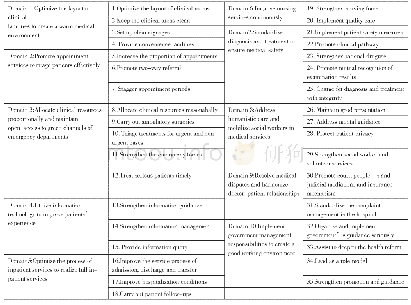《Table 1 The specification of APOSOS telescope》
 提示:宽带有限、当前游客访问压缩模式
提示:宽带有限、当前游客访问压缩模式
本系列图表出处文件名:随高清版一同展现
《检测前跟踪框架下利用蒙特卡洛算法的空间碎片跟踪策略研究(英文)》
In our experiment,we used input images from three datasets of a real astronomical background obtained by an azimuthal-mounted APOSOS telescope[11]equipped with a complementary metal-oxide semiconductor(CMOS)-type high-resolution sensor.These were stored as flexible image transport System(FITS)-type grayscale images with range[0,255],150-mm aperture size,300-mm focal length,and a 3×3 degree2FoV.In detail,the specification are listed in Table 1.The observation site(WGS84)was located at National Astronomical Observatories,CAS,Beijing,China(Lat.43.845 00 and Long.125.400 80 degrees).For the telescope guidance system,the APOSOS telescope applied the orbit parameters of two line elements to calculate the orbital prediction,which was provided by North American Aerospace Defense Command.The datasets cover the three primary situations in space observation with exposure time:≈50 ms;(i)normal-sky tracking of 32frames,(ii) a small and faint space-object tracking of 25 frames,and(iii)a critically dynamic background tracking of 25 frames.These were labelled as datasets A,B,and C,respectively,as shown in Fig.2.
| 图表编号 | XD0045929100 严禁用于非法目的 |
|---|---|
| 绘制时间 | 2019.01.01 |
| 作者 | Peerapong Torteeka、高鹏骐、沈鸣、郭效忠、杨大陶、于欢欢、周威萍、赵有 |
| 绘制单位 | 中国科学院国家天文台、中国科学院大学、中国科学院国家天文台、中国科学院国家天文台、中国科学院国家天文台、中国科学院国家天文台、中国科学院国家天文台、中国科学院国家天文台、中国科学院国家天文台 |
| 更多格式 | 高清、无水印(增值服务) |





